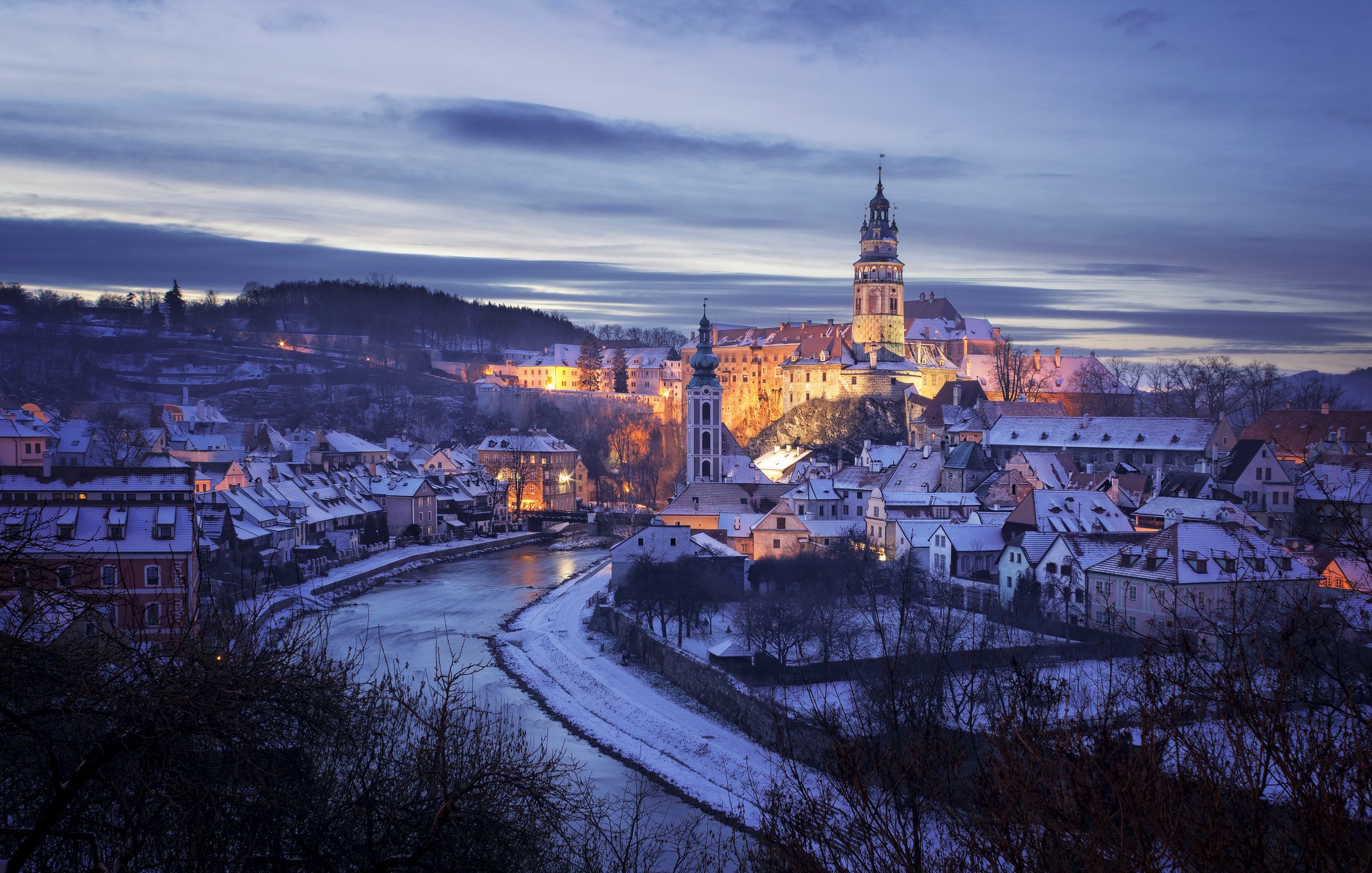5 Best Medieval Hideaways for This Winter
Winter comes and the noise of countless chit-chatting tourists magically disappears. Snow settles down and mutes everything down to the sound of your footsteps, and suddenly it's just you in a timeless mood, immersing yourself in an intimate whisper with the thousand-year-old walls that cautiosly begin to unravel their untold mysteries.We've selected five beautiful European towns and castles that, while lively and even crowded in the summer, retain their mysterious medieval feel once snow starts to cover the red tiled roofs:1. BambergNarrow passageways, medieval and baroque buildings coupled with a dash of romance contribute to the modern day treasure that is Bamberg. The town that Henry, Duke of Bavaria attempted to make a second Rome 1000 years ago, is now a thriving arts and cultural center dating back over ten centuries and famed for its many different facets. With everything close to the Old Town, visitors can sample the unique cultural atmosphere, buildings, gardens and shops within an historical environment.2. Rothenburg ob der TauberFrom a distance, its forty-two gates and towers, etched against the unspoiled countryside, you'd swear you were looking at the Fifteenth Century through field glasses. Inside the town's almost completely intact walls and among so many carefully-preserved half-timbered houses the presence of historical time past is still very powerful, despite the town's carefully cultivated picturesqueness. The Town Hall Tower beckons with its fine views of the town and the idyllic surrounding countryside. A walk around those intact town walls is also a temptation to fully surrender to.3. Český KrumlovMiraculously escaping the destructive tides of war for over seven centuries the town's architectural heritage, a harmonious melange of building styles dominated by the Renaissance, has remained beguilingly intact. The facades of painted houses, traditional artisan shops, taverns and restaurants simply reeking of centuries past form a delightful labyrinth in which you can lose yourself completely. There's gem after gem to be found in this orange-roofed jewel-box of a town and everyone will have their favourite. Perhaps the baroque theatre in the Castle grounds, one of the best preserved in central Europe.4. HallstattTowering over the picturesque town of Hallstatt is the oldest salt mine in the world — the Salzburg (Salt Mountain), where tunnels dug by hand over 3000 years ago are still explored by visitors every day. If you’ve never visited a salt or any other mine, then this is the place to begin. Visitors can make their way to the top of the mountain on foot or by funicular to the spectacular world heritage viewing platform that hovers above the rooftops and offers eye-popping panoramic views of Lake Hallstatt and the mountain scenery. After getting your breath back, explore the salt mine that so captivated the Chinese they built an exact replica in Huizo as a tourist attraction.5. PassauIts towers, spires, domes and orange-tiled roofs packed ornately along the confluence of the Danube, Inn and Ilz, Passau is easily Germany's most delightful river-side city. St. Steven's Cathedral sits at the apex of the Old Town, jealously nursing the world's largest organ, a great musical beast in five-sections which can be played from one central keyboard. But it's the Old Town itself which strikes multiple chords of enchantment as you stroll through its squares and streets and slip through its mysterious alleys and passageways. On the outside of the Town Hall tower a series of high-water marks is a reminder of the watery perils faced by this ancient city.Encore: KönigsteinA castle has stood atop Koingstein Hill since 1233 and it has a history just as long, varied and exciting as one would expect! One of the largest hilltop fortifications in Europe, Konigstein (‘King’s Rock’) is located in Germany’s idyllic Saxon Switzerland National Park. The original fortress structure was expanded in the late 1500s to form a walled citadel, considered by many to be unconquerable. This reputation is reflected time and time again in it’s history, with the castle alternating between keeping people out and locking them in! Over the years Konigstein has been used as a castle, a monastery, a provisions store, a military hospital, a country retreat, a POW camp and a state prison.






